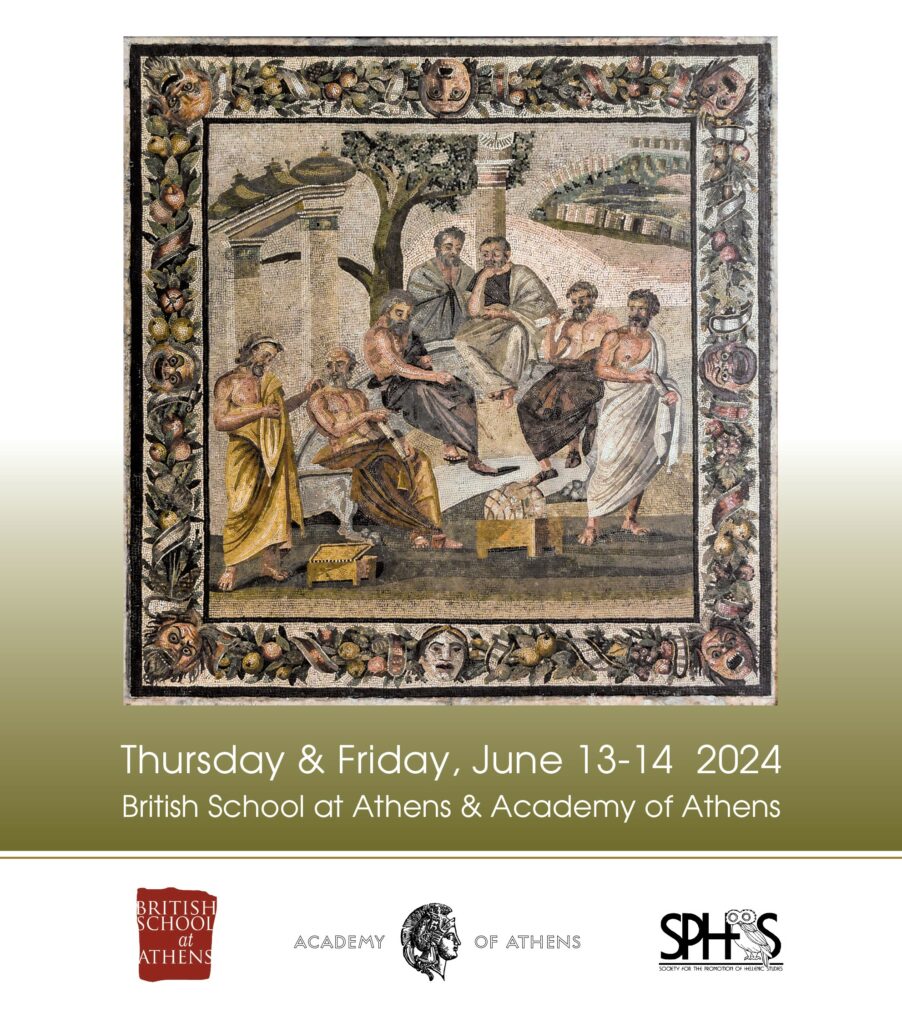Education in and beyond the Greek Gymnasium
at the Swedish Institute at Athens and the Academy of Athens
The gymnasium was the main institution for civic education for ancient Greeks, and one of the most characteristic landmarks of the Greek polis, according to ancient authors such as Dio Chrysostom and Aelius Aristidēs. As a result, the Greek gymnasium as a structure and as an institution has been repeatedly been at the centre of scholarly attention. Contributions in earlier scholarship have significantly furthered our understanding of its social role, its politics, and its role in shaping Hellenic identity and paideia in the Graeco-Roman world. However, due to the complexity of such topics and the amount of new evidence that keeps coming to light through archaeological survey, various aspects of gymnasium life still remain largely unexplored. For example, we still lack an up to date diachronic analysis of the gymnasium’s development and social role, as well as of the similarities and/or temporal and local variations and specificities across the Greek world, throughout its history.
The aim of the conference is to discuss literary and visual depictions of training and gymnasium life from the Archaic Period until Late Antiquity, and their role in creating and shaping meaning for its participants and the citizen body more broadly. Another key goal of this conference is to transcend the simplistic conception that the citizen training began and ended in the space of the gymnasium. Throughout the civic landscape, monuments that celebrated achievements and contributions of prominent citizens made references to the gymnasium and its crucial role in their development as citizens. The agora, the theatre, and all public spaces became theatres of political life, in which various communities negotiated their ideas about civic education and tried to impose their views of what being an ideal citizen was, or should have been.

